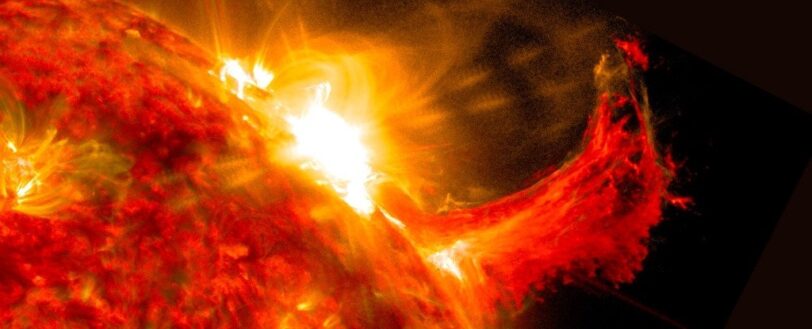Solar storms pose a significant risk, and the integration of artificial intelligence (AI) into various fields has been gaining prominence lately. NASA has been actively employing AI models to analyze solar storm data, aiming to create an early warning system capable of providing approximately 30 minutes’ notice before a potentially devastating solar storm strikes a specific area.
This lead time is made possible by the faster travel speed of light, which surpasses the solar material expelled during such events. Notably, solar storms like the one that affected Quebec 35 years ago have the ability to disrupt power for hours, while more extreme events like the Carrington event over 150 years ago could cause severe damage to electrical and communication infrastructure if they were to occur today.
To address this issue, scientists have been utilizing various satellites, such as ACE, Wind, IMP-8, and Geotail, which have provided valuable data to the NASA team. However, developing a predictive model necessitates specifying the parameters to be predicted, as knowing only that a solar storm is imminent is insufficient. Therefore, the researchers also gathered data from ground-based stations affected by storms detected by the satellites.
The team proceeded to train a deep learning model named DAGGER, known for its remarkable performance compared to existing predictive algorithms in the same domain. DAGGER excels in speed, with the researchers, led by Vishal Upendran from the Inter-University Center for Astronomy and Astrophysics in India, claiming that it can predict the severity and trajectory of a solar storm event in less than a second, enabling predictions to be made every minute. In contrast, previous algorithms required significantly more time, offering minimal warning before a storm hit.
One of the challenges faced in earlier attempts was the computational complexity involved in determining potential impact locations worldwide. DAGGER tackles this issue by swiftly performing prediction calculations for the entire surface area of the Earth. Localized predictions are crucial because during a solar storm, half of the globe is shielded by the Earth’s bulk, referred to as “night” in common parlance.
DAGGER’s combined swiftness and global applicability represent a significant leap forward in accurately predicting and responding to solar storm hazards. Launching on an open-source platform, DAGGER is set to collect substantial data as the Sun approaches the peak of its 11-year solar cycle in 2025. This grants utility and communication companies a few years to incorporate DAGGER into their threat assessment systems before the most severe weather events occur.
While the warning system may not include audible alerts akin to tornado sirens commonly used in the US Midwest, it ensures that the relevant stakeholders are promptly informed about the danger, surpassing previous notification methods.
READ MORE: The Most Powerful Solar Eruption in The Last 12 Years





